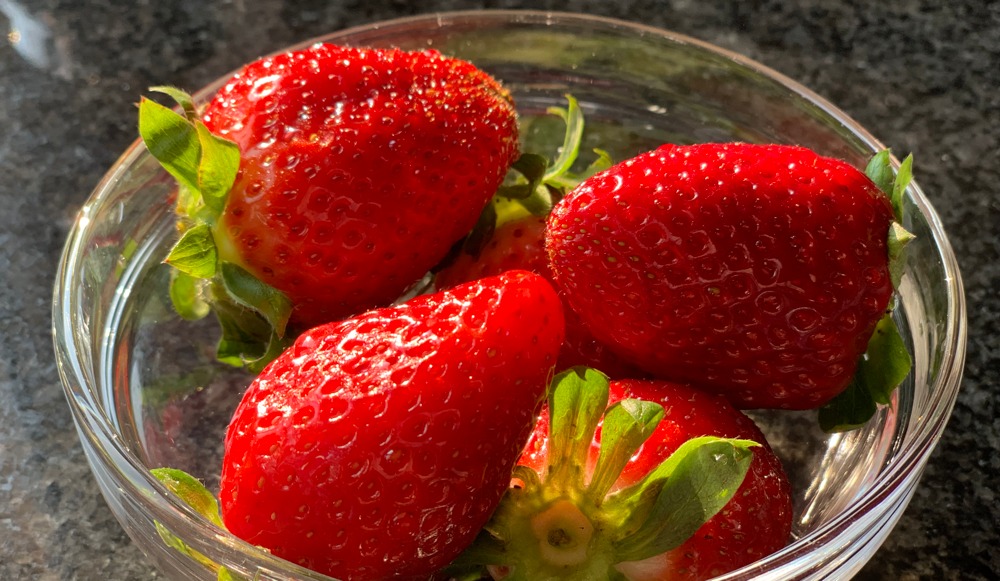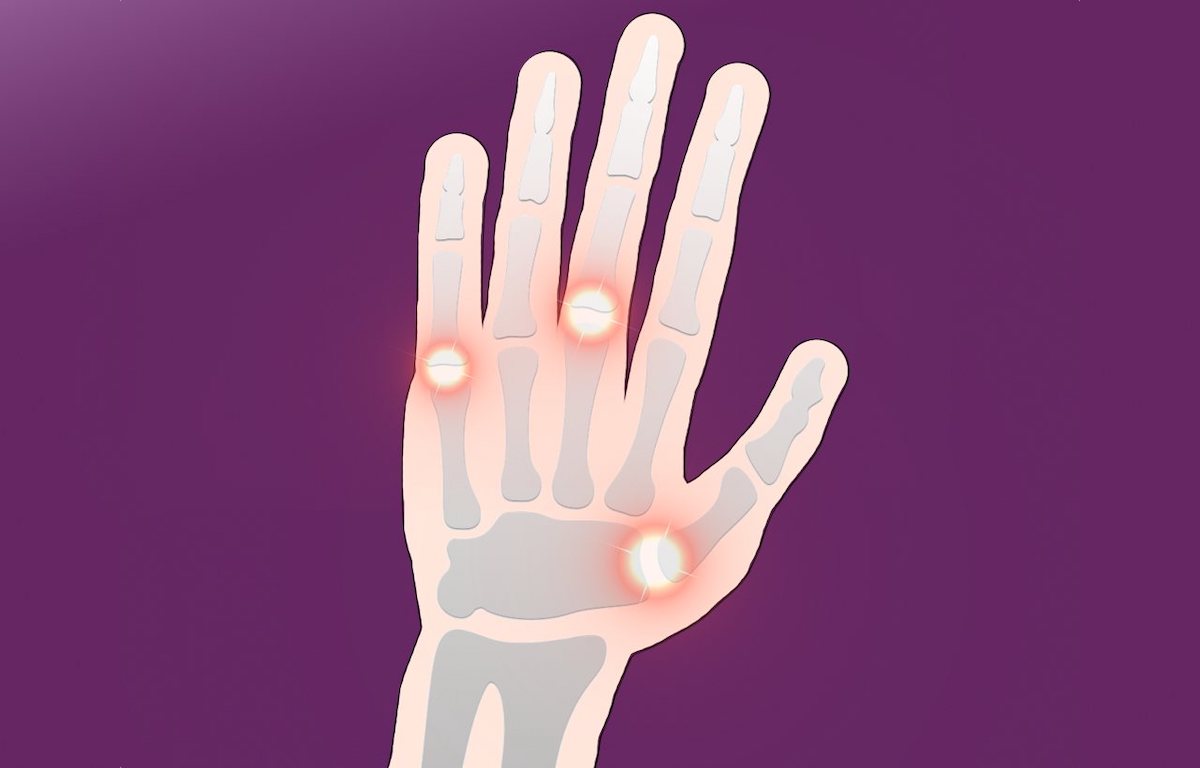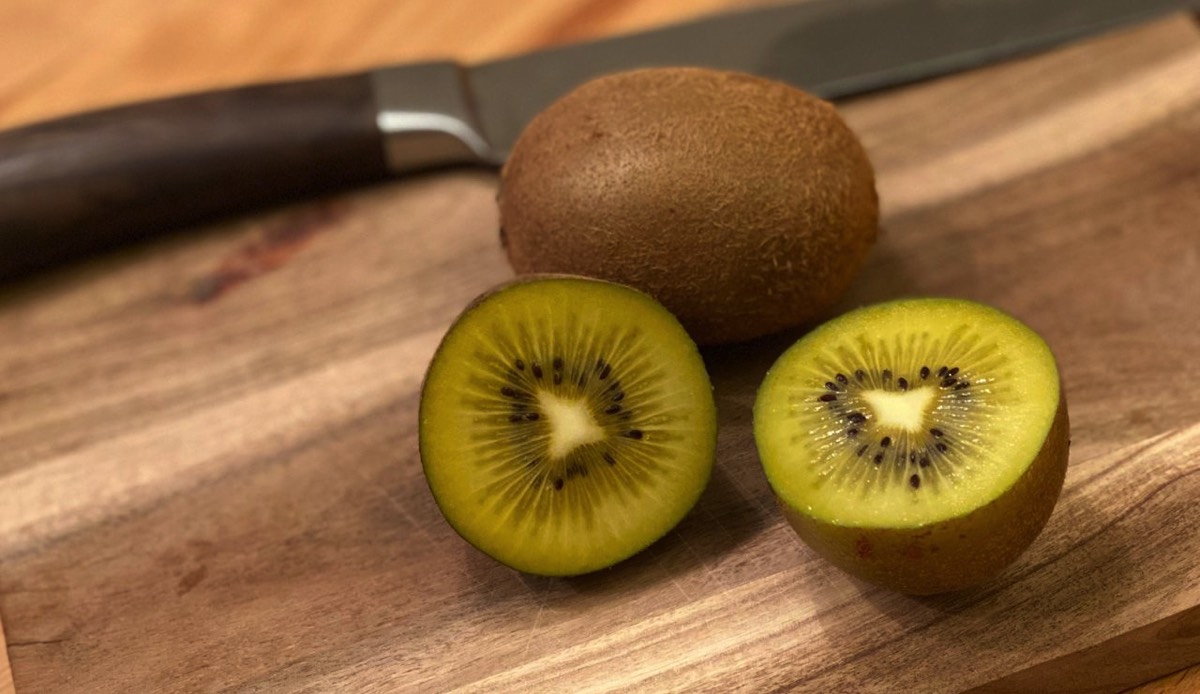Articles

Histamine intolerance
What is histamine intolerance?
Histamine intolerance occurs when the enzymatic degradation capacity is insufficient to eliminate the daily amounts of histamine in the body. As a consequence, histamine accumulates in the system and can cause severe adverse reactions.
Learn more
Histamine intolerance occurs when the enzymatic degradation capacity is insufficient to eliminate the daily amounts of histamine in the body. As a consequence, histamine accumulates in the system and can cause severe adverse reactions.
Learn more
What is histamine intolerance?
Histamine intolerance occurs when the enzymatic degradation capacity is insufficient to eliminate the daily amounts of histamine in the body. As a consequence, histamine accumulates in the system and can cause severe adverse reactions.
Learn more
Histamine intolerance occurs when the enzymatic degradation capacity is insufficient to eliminate the daily amounts of histamine in the body. As a consequence, histamine accumulates in the system and can cause severe adverse reactions.
Learn more

FODMAPs
A small sugar compendium: fructose, sorbitol and FODMAP explained
If you suffer from certain kinds of carbohydrate malabsorption you are often confronted with names of chemical compounds – it is often very easy to become confused. Therefore, we put together a small compendium that can be used, whenever needed.
Learn more
If you suffer from certain kinds of carbohydrate malabsorption you are often confronted with names of chemical compounds – it is often very easy to become confused. Therefore, we put together a small compendium that can be used, whenever needed.
Learn more
A small sugar compendium: fructose, sorbitol and FODMAP explained
If you suffer from certain kinds of carbohydrate malabsorption you are often confronted with names of chemical compounds – it is often very easy to become confused. Therefore, we put together a small compendium that can be used, whenever needed.
Learn more
If you suffer from certain kinds of carbohydrate malabsorption you are often confronted with names of chemical compounds – it is often very easy to become confused. Therefore, we put together a small compendium that can be used, whenever needed.
Learn more

Allergies
Nickel allergy and low nickel diet
Nickel is a heavy metal that can be found all over the world in the soil or in the water. Approximately 10 % of all adults have a sensitivity to nickel and react with allergic contact dermatitis or digestive symptoms after exposure.
Learn more
Nickel is a heavy metal that can be found all over the world in the soil or in the water. Approximately 10 % of all adults have a sensitivity to nickel and react with allergic contact dermatitis or digestive symptoms after exposure.
Learn more
Nickel allergy and low nickel diet
Nickel is a heavy metal that can be found all over the world in the soil or in the water. Approximately 10 % of all adults have a sensitivity to nickel and react with allergic contact dermatitis or digestive symptoms after exposure.
Learn more
Nickel is a heavy metal that can be found all over the world in the soil or in the water. Approximately 10 % of all adults have a sensitivity to nickel and react with allergic contact dermatitis or digestive symptoms after exposure.
Learn more

Gout
What is gout?
For many people gout disease is a sheer nightmare. Excruciating episodes of pain, especially in the joints, can transform every step into torment. In the US alone 3 million individuals are affected. That makes gout the most widespread form of arthritis.
Learn more
For many people gout disease is a sheer nightmare. Excruciating episodes of pain, especially in the joints, can transform every step into torment. In the US alone 3 million individuals are affected. That makes gout the most widespread form of arthritis.
Learn more
Common comorbidities of gout
Gout is a condition caused by an accumulation of uric acid crystals in the joints and other body tissues. Unfortunately, it rarely occurs alone. On the contrary, gout is often accompanied by other diseases, some of which can be serious. Below we list the most important ones.
Learn more
Gout is a condition caused by an accumulation of uric acid crystals in the joints and other body tissues. Unfortunately, it rarely occurs alone. On the contrary, gout is often accompanied by other diseases, some of which can be serious. Below we list the most important ones.
Learn more
What is gout?
For many people gout disease is a sheer nightmare. Excruciating episodes of pain, especially in the joints, can transform every step into torment. In the US alone 3 million individuals are affected. That makes gout the most widespread form of arthritis.
Learn more
For many people gout disease is a sheer nightmare. Excruciating episodes of pain, especially in the joints, can transform every step into torment. In the US alone 3 million individuals are affected. That makes gout the most widespread form of arthritis.
Learn more
Common comorbidities of gout
Gout is a condition caused by an accumulation of uric acid crystals in the joints and other body tissues. Unfortunately, it rarely occurs alone. On the contrary, gout is often accompanied by other diseases, some of which can be serious. Below we list the most important ones.
Learn more
Gout is a condition caused by an accumulation of uric acid crystals in the joints and other body tissues. Unfortunately, it rarely occurs alone. On the contrary, gout is often accompanied by other diseases, some of which can be serious. Below we list the most important ones.
Learn more

Oxalic acid and oxalates
Low Oxalate Diet Guidelines
Some of us may know the irritating feeling in the mouth after eating a kiwi. The fruit contains small, needle-shaped crystals that protect it from herbivores. These crystals (also known as raphides) can pierce the mucous membrane in the mouth and cause a stinging feeling. They are made of calcium oxalate.
Learn more
Some of us may know the irritating feeling in the mouth after eating a kiwi. The fruit contains small, needle-shaped crystals that protect it from herbivores. These crystals (also known as raphides) can pierce the mucous membrane in the mouth and cause a stinging feeling. They are made of calcium oxalate.
Learn more
What kinds of kidney stones are there?
Not all kidney stones are the same: There are several different types of kidney stones, which can be distinguished according to their chemical composition. Below you will find an overview of the most common types and their proportion.
Learn more
Not all kidney stones are the same: There are several different types of kidney stones, which can be distinguished according to their chemical composition. Below you will find an overview of the most common types and their proportion.
Learn more
Low Oxalate Diet Guidelines
Some of us may know the irritating feeling in the mouth after eating a kiwi. The fruit contains small, needle-shaped crystals that protect it from herbivores. These crystals (also known as raphides) can pierce the mucous membrane in the mouth and cause a stinging feeling. They are made of calcium oxalate.
Learn more
Some of us may know the irritating feeling in the mouth after eating a kiwi. The fruit contains small, needle-shaped crystals that protect it from herbivores. These crystals (also known as raphides) can pierce the mucous membrane in the mouth and cause a stinging feeling. They are made of calcium oxalate.
Learn more
What kinds of kidney stones are there?
Not all kidney stones are the same: There are several different types of kidney stones, which can be distinguished according to their chemical composition. Below you will find an overview of the most common types and their proportion.
Learn more
Not all kidney stones are the same: There are several different types of kidney stones, which can be distinguished according to their chemical composition. Below you will find an overview of the most common types and their proportion.
Learn more

Nutrition
What is the glycemic index?
The glycemic index (GI) was developed to measure the influence of carbohydrates on the blood sugar level. It was discovered that different foods cause sugar levels to rise by varying degrees, and that these increases can be measured with a numerical index.
Learn more
The glycemic index (GI) was developed to measure the influence of carbohydrates on the blood sugar level. It was discovered that different foods cause sugar levels to rise by varying degrees, and that these increases can be measured with a numerical index.
Learn more
Good fats – bad fats?
Dietary fats and their effect on our health have been the subject of a heated debate for decades now. Fats are subdivided into three different classes according to their chemical properties: saturated fatty acids (SFA), monounsaturated fatty acids (MUFA) and polyunsaturated fatty acids (PUFA).
Learn more
Dietary fats and their effect on our health have been the subject of a heated debate for decades now. Fats are subdivided into three different classes according to their chemical properties: saturated fatty acids (SFA), monounsaturated fatty acids (MUFA) and polyunsaturated fatty acids (PUFA).
Learn more
Natural Food Guide and special dietary requirements
Natural Food Guide is well equipped for all topics surrounding healthy eating. But it can also be used for special dietary needs. Let's have a look at how you can configure it to help you manage Wilson's disease and hemochromatosis.
Learn more
Natural Food Guide is well equipped for all topics surrounding healthy eating. But it can also be used for special dietary needs. Let's have a look at how you can configure it to help you manage Wilson's disease and hemochromatosis.
Learn more
What is the glycemic index?
The glycemic index (GI) was developed to measure the influence of carbohydrates on the blood sugar level. It was discovered that different foods cause sugar levels to rise by varying degrees, and that these increases can be measured with a numerical index.
Learn more
The glycemic index (GI) was developed to measure the influence of carbohydrates on the blood sugar level. It was discovered that different foods cause sugar levels to rise by varying degrees, and that these increases can be measured with a numerical index.
Learn more
Good fats – bad fats?
Dietary fats and their effect on our health have been the subject of a heated debate for decades now. Fats are subdivided into three different classes according to their chemical properties: saturated fatty acids (SFA), monounsaturated fatty acids (MUFA) and polyunsaturated fatty acids (PUFA).
Learn more
Dietary fats and their effect on our health have been the subject of a heated debate for decades now. Fats are subdivided into three different classes according to their chemical properties: saturated fatty acids (SFA), monounsaturated fatty acids (MUFA) and polyunsaturated fatty acids (PUFA).
Learn more
Natural Food Guide and special dietary requirements
Natural Food Guide is well equipped for all topics surrounding healthy eating. But it can also be used for special dietary needs. Let's have a look at how you can configure it to help you manage Wilson's disease and hemochromatosis.
Learn more
Natural Food Guide is well equipped for all topics surrounding healthy eating. But it can also be used for special dietary needs. Let's have a look at how you can configure it to help you manage Wilson's disease and hemochromatosis.
Learn more










